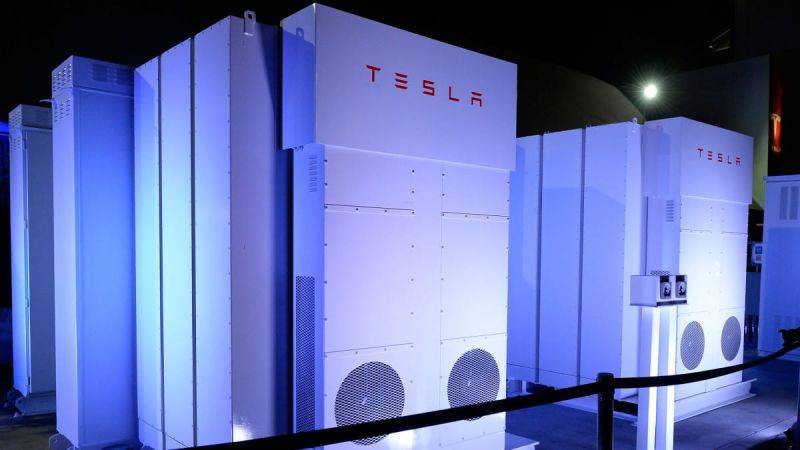Tesla originally offered free supercharging which is a great way to convert gas drivers to free charging, it may not be best financially or for the environment.
Volkswagen’s Electrify America (EV charging) teamed up with Tesla to provide Tesla Powerpack battery storage at stations. The Powerpacks works to lower energy demand by storing energy from the grid during off peak demand periods, and softening the draw of superchargers from the grid during charging. The Powerpacks will help VW relay a lower energy demand charge down to the end user (EV drivers).
Dirty charging
VW’s plan to use Powerpacks will lower overall charging cost and encourage EV driving, VW’s plan does not provide sustainable fast charging for transportation. For example, according to Scientific American at the end of 2017 renewables comprised 20% of Texas energy generation. While the number of renewable power generation on line in Texas, continues to climb, the majority of DC fast charging is from non-renewable resources. Also see - VW Pressures Tesla with Battery Shock, but Tesla Wins The Lithium Gamble.
Clean and financially sustainable charging
To provide the most efficient fast charging to EVs. Fast charging station providers could look to Powerpacks combined with onsite solar and / or wind generation. An onsite charging solar system of approximately 50KW could provide cover (shade) for EVs while charging. The same system could charge the powerpack during the day and discharge power to charging cars at night. Solar combined with the powerpack could have a synergistic effect, by lowering demand charges when not in use charging vehicles.
Onsite sustainable power generation also leaves no doubt EVs charging have been energized from sustainable sources.
Finally onsite generation provides the most efficient and cheapest long term investment by providing power for 30+ years. Onsite renewable power generation can make EV fast charging sustainable both financially and environmentally.










